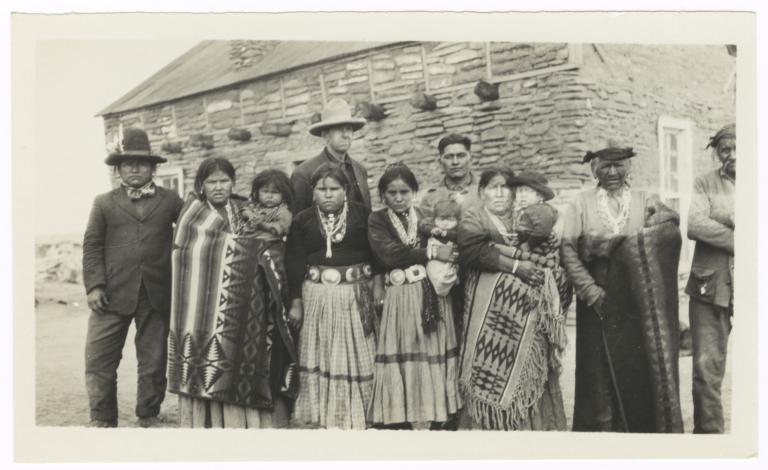

Although the Indo-European and Sino-Tibetan language families two of the largest in the world, linguists have categorized more than one hundred language families around the globe. In tonal languages (which also include Thai and Hmong), the vocal pitch the speaker uses when saying a word helps determine its meaning.

Like many Sino-Tibetan languages, Mandarin Chinese is tonal. Mandarin Chinese is the most widely spoken language in this family. It includes both the Sinetic languages (known as the Chinese dialects) and the Tibeto-Burman languages (such as Tibetan and Burmese). It is the world’s second largest language family, with more than one billion speakers of its hundreds of different languages. Another important language family is the Sino-Tibetan family. They study human speech as well as written documents. Linguists examine the structures of languages and the principles that underlie those structures. Also known as a linguistic scientist or a linguistician. While the languages in the West Germanic and North Germanic groups are still spoken, those of the East Germanic group are now extinct. A linguist is a specialist in linguistics -that is, the study of language. East Germanic includes Gothic and the languages once spoken by members of peoples like the Vandals and the Burgundians. North Germanic includes Swedish, Danish, Norwegian, Icelandic, and Faroese. The West Germanic group includes German, English, and Dutch. Linguists generally describe Germanic languages in three groups: West Germanic, North Germanic, and East Germanic. Other branches of the Indo-European language family have evolved into completely different groups. Latin itself, however, evolved from the Indo-European language, an ancient protolanguage, which is the origin of most of the languages spoken in modern Europe and parts of Asia. The Latin word Romanicus,meaning “Roman,” was later shortened to “Romance,” which is where the language family name came from. For example, languages, such as Spanish, Italian, Romanian, Portuguese, and French, all belong to the language family known as “ romance languages.” The romance languages evolved from Latin, the language used in ancient Rome. However, most languages spoken throughout the world belong to a language family. These are known as language isolates, and include languages, such as Basque, spoken by some in southwestern Europe, and Pirahã, spoken by the Pirahã people of the Brazilian Amazon. Some languages do not come from a protolanguage. The one language that generated those other languages in its family is known as a protolanguage. A language family is a group of different languages that all descend from a particular common language. Just as a person’s family consists of people who share common ancestry, related languages also come from shared lineages. Certain languages are related to each other.


 0 kommentar(er)
0 kommentar(er)
